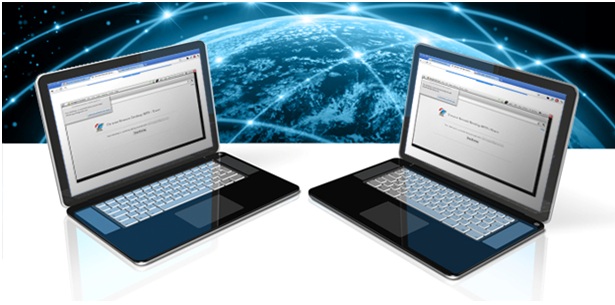
Socially engineered phishing emails often evade detection by email filters due to their sophistication. They have the right Sender Policy Frameworks and SMTP controls to pass the filter ́s front-end tests, and are rarely sent in bulk from blacklisted IP addresses to avoid being blocked by RealtimeBlackhole Lists. Because they are often individually crafted, they can even evade detection from advanced email filters with Greylisting capabilities.
However, phishing emails often have common characteristics; they are frequently constructed to trigger emotions such as curiosity, sympathy, fear and greed. If a workforce is advised of these characteristics – and told what action to take when a threat is suspected – the time invested in training a workforce in how to spot a phishing email can thwart attacks and network infiltration by the attacker. Here are seven ways to spot phishing email from nz online casino.
- Emails Demanding Urgent Action
Emails threatening a negative consequence, or a loss of opportunity unless urgent action is taken, are often phishing emails. Attackers often use this approach to rush recipients into action before they have had the opportunity to study the email for potential flaws or inconsistencies.
- Emails with Bad Grammar and Spelling Mistakes
Another way to spot phishing is bad grammar and spelling mistakes. Many companies apply spell-checking tools to outgoing emails by default to ensure their emails are grammatically correct. Those who use browser-based email clients apply autocorrect or highlight features on web browsers.
- Emails with an Unfamiliar Greeting or Salutation
Emails exchanged between work colleagues usually have an informal salutation. Those that start “Dear,” or contain phrases not normally used in informal conversation, are from sources unfamiliar with the style of office interaction used in your business and should arouse suspicion.
- Inconsistencies in Email Addresses, Links & Domain Names
Another way how to spot phishing is by finding inconsistencies in email addresses, links and domain names. Does the email originate from an organization corresponded with often? If so, check the sender’s address against previous emails from the same organization. Look to see if a link is legitimate by hovering the mouse pointer over the link to see what pops up. If an email allegedly originates from (say) Google, but the domain name reads something else, report the email as a phishing attack.
- Suspicious Attachments
Most work-related file sharing now takes place via collaboration tools such as SharePoint, OneDrive or Dropbox. Therefore internal emails with attachments should always be treated suspiciously – especially if they have an unfamiliar extension or one commonly associated with malware (.zip, .exe, .scr, etc.).
- Emails Requesting Login Credentials, Payment Information or Sensitive Data
Emails originating from an unexpected or unfamiliar sender that request login credentials, payment information or other sensitive data should always be treated with caution. Spear phishers can forge login pages to look similar to the real thing and send an email containing a link that directs the recipient to the fake page. Whenever a recipient is redirected to a login page, or told a payment is due, they should refrain from inputting information unless they are 100% certain the email is legitimate.
- Too Good to Be True Emails
Too good to be true emails are those which incentivize the recipient to click on a link or open an attachment by claiming there will be a reward of some nature. If the sender of the email is unfamiliar or the recipient did not initiate the contact, the likelihood is this is a phishing email. Best usa online casino sites won’t send you these kind of emails even when you register with them, so watch out.
“If You See Something, Say Something” – How to Stop Phishing Emails
Conditioning employees in how to spot and report suspicious emails – even when opened – should be a workforce-wide exercise. The chances are that if one of your workforces is the subject of a phishing attack, other employees will be as well. “If you see something, say something” should be a permanent rule in the workplace, and it is essential that employees have a supportive process for reporting emails they have identified or opened.


